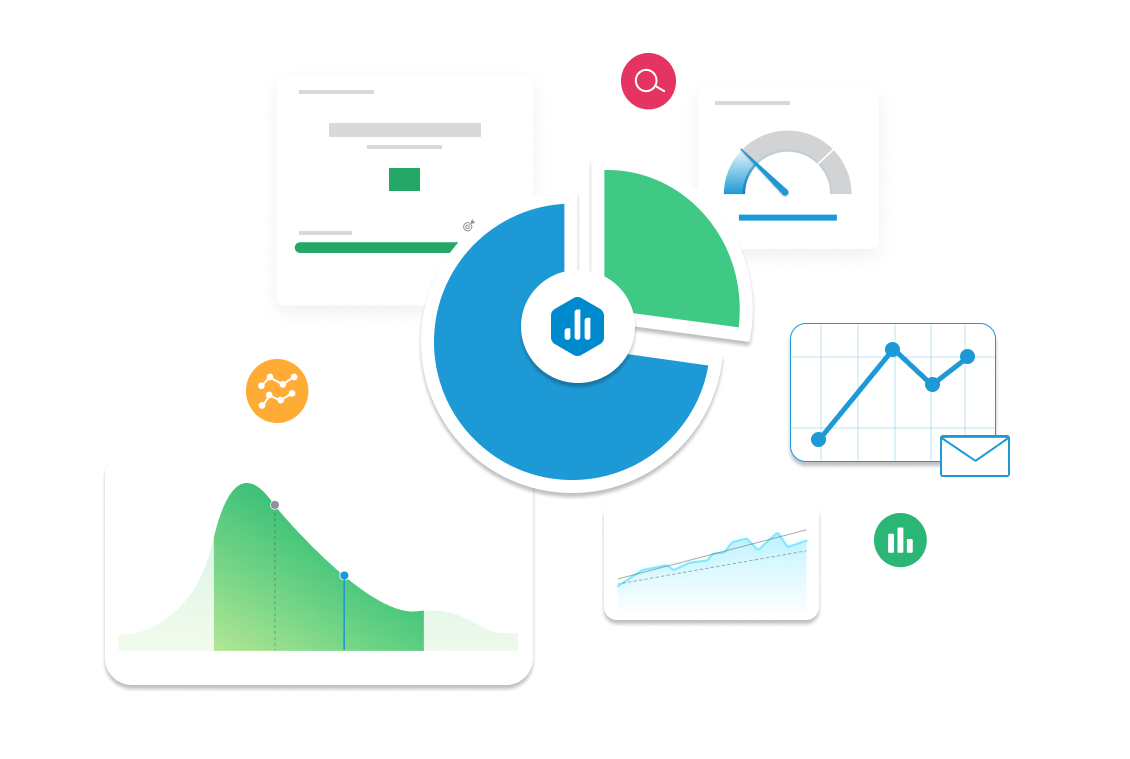Dwell time
Discover how Dwell Time refers to the length of time users spend on a webpage before returning to search results. While not an official ranking factor, it can provide valuable insight into content relevance and user engagement. Learn how to track, analyze, and optimize dwell time to improve user experience and potentially support better search performance.

| Category |
Marketing |
|---|---|
| Type |
Leading Indicator |
| Calculation |
Dwell Time = Time spent on a page after clicking a search result before returning to the search results. Not directly measurable in most analytics tools. |
| Measure |
Indicates how long users engage with a page after arriving from search before bouncing back to the SERP, offering insights into content relevance and user intent. |
| Data Sources: |
Hotjar, Microsoft Clarity, SEMrush. |
| Frequency |
Tracked weekly or monthly to assess content effectiveness and improve user experience. |
Example target
Increase average time on page to 2+ minutes in Q3 by improving content quality, enhancing readability, and optimizing internal linking.
Example Reports Use Case
An SEO Specialist monitors metrics like time on page and bounce rate to infer dwell time and measure content engagement. If engagement appears low, they may update content, add multimedia elements, or improve page structure to keep visitors engaged longer.



